World Record as Alcatel-Lucent Push 10Gbps Broadband Down Copper Lines
Telecom giant Alcatel-Lucent appears, perhaps to the dismay of fibre optic campaigners, to have given the traditional copper telephone line a new lease of life after its Bell Labs research division claimed to set a new world record by delivering “ultra-broadband” speeds of 10,000Mbps (Megabits per second) over the aging infrastructure using a prototype technology called XG-FAST (G.fast2?).
The prototype XG-FAST tech, which also demonstrated how existing copper access networks could be used to deliver symmetrical speeds of 1Gbps (Gigabits per second) or 1000Mbps if you prefer, is described as being an “extension” of G.fast (aka – FTTC2 / ITU G.9700) technology that can provide Internet connection speeds which are “indistinguishable” from fibre optic Fibre-to-the-Home (FTTH) services.
Currently BT uses Fibre-to-the-Cabinet (FTTC) technology in the United Kingdom to deliver speeds of up to 80Mbps, which works by replacing the existing copper cable between street cabinets and your local telephone exchange with a fibre optic line. The final copper line run from cabinets and into homes is then managed by VDSL2 technology (similar to ADSL but faster over short distances).
By comparison G.fast adopts a similar approach but it’s designed to take even better advantage of the latest advancements (e.g. Vectoring 2.0 to reduce crosstalk interference), which would allow it to operate at speeds of up to 1Gbps, albeit only by using higher frequencies (106MHz+) and over even shorter runs of copper cable (up to 250 metres). The most likely setup would be to combine G.fast with Fibre-to-the-Distribution-Point (FTTdp) or FTTrN technology, which takes the fibre optic cable even closer to homes.
However G.fast is still some years away and it’s likely that BT will be able to squeeze a bit more performance out of FTTC in the meantime, with Vectoring potentially allowing for download speeds of 100Mbps+. Other advancements, such as FTTdp and the 30a profile for FTTC, could potentially deliver speeds of 200Mbps+. But it remains to be seen how BT will shape its future direction and some of these upgrades would be expensive.
In the meantime Alcatel-Lucent has been quietly developing XG-FAST to help keep existing copper telecoms cable in the game, which might make it more economically viable for some operators than the cost of deploying a full fibre optic solution.
XG-FAST goes a lot further than G.fast in the sense that it uses an increased frequency range up to 500MHz in order to achieve higher speeds, but crucially this would be over even shorter distances (i.e. higher frequencies attenuate more quickly than lower frequencies / interference grows over distance, meaning there are diminishing returns in speed as the frequency range increases).

Bell Labs achieved 1Gbps symmetrical over just 70 meters on a single copper pair and 10Gbps was achieved over a distance of 30 meters by using two pairs of lines (bonding). Both tests used standard copper cable provided by a European operator. The speeds are impressive but the distance is clearly more problematic, which might mean more of a choir for operators as they’d need to bring the accompanying fibre optic cable even closer to your doorstep (at this range you could almost call it FTTB).
Other factors would also become more of a problem when pushing copper lines close to the theoretical limit, such as the thickness of the copper cable itself and this is known to vary.
Marcus Weldon, President of Bell Labs, said:
“Our constant aim is to push the limits of what is possible to ‘invent the future’, with breakthroughs that are 10 times better than are possible today. Our demonstration of 10 Gbps over copper is a prime example: by pushing broadband technology to its limits, operators can determine how they could deliver gigabit services over their existing networks, ensuring the availability of ultra-broadband access as widely and as economically as possible.”
Federico Guillén, President of Alcatel-Lucent’s Fixed Networks Business, added:
“The Bell Labs speed record is an amazing achievement, but crucially in addition they have identified a new benchmark for ‘real-world’ applications for ultra-broadband fixed access. XG-FAST can help operators accelerate FTTH deployments, taking fiber very close to customers without the major expense and delays associated with entering every home. By making 1 gigabit symmetrical services over copper a real possibility, Bell Labs is offering the telecommunications industry a new way to ensure no customer is left behind when it comes to ultra-broadband access.”
Alcatel-Lucent’s achievement is impressive but we won’t be talking about XG-FAST technology in any kind of practical / commercial deployment sense for many years. The first commercial G.fast hardware and deployments isn’t due to begin until 2015 and BT has yet to complete its planned field trial, which means we won’t even see G.fast commercially in the UK for a few more years (assuming they can overcome its bugs) and before that we’re likely to see upgrades for FTTC and FTTdp/RN or similar.
None of these would be cheap upgrades and a move to G.fast/FTTdp nationally could also take a lot of time. By that time we’ll probably already be seeing symmetric 10Gbps+ from some FTTH/P/B providers. The question for some operators will be whether or not it’s even worth following the G.fast to XG-FAST path, as opposed to simply putting fibre optic cable in the ground and having less to worry about in the future.
NOTE: Take Alcatel-Lucent’s table above with a pinch of salt because VDSL2 / FTTC lines can operator at distances of greater than 400 meters, with well above 1,000 meters being seen in the wild.. albeit naturally at much slower speeds.
Mark is a professional technology writer, IT consultant and computer engineer from Dorset (England), he also founded ISPreview in 1999 and enjoys analysing the latest telecoms and broadband developments. Find me on X (Twitter), Mastodon, Facebook and Linkedin.
Latest UK ISP News
- FTTP (5535)
- BT (3518)
- Politics (2542)
- Openreach (2299)
- Business (2267)
- Building Digital UK (2247)
- FTTC (2045)
- Mobile Broadband (1978)
- Statistics (1790)
- 4G (1669)
- Virgin Media (1624)
- Ofcom Regulation (1467)
- Fibre Optic (1396)
- Wireless Internet (1392)
- FTTH (1382)
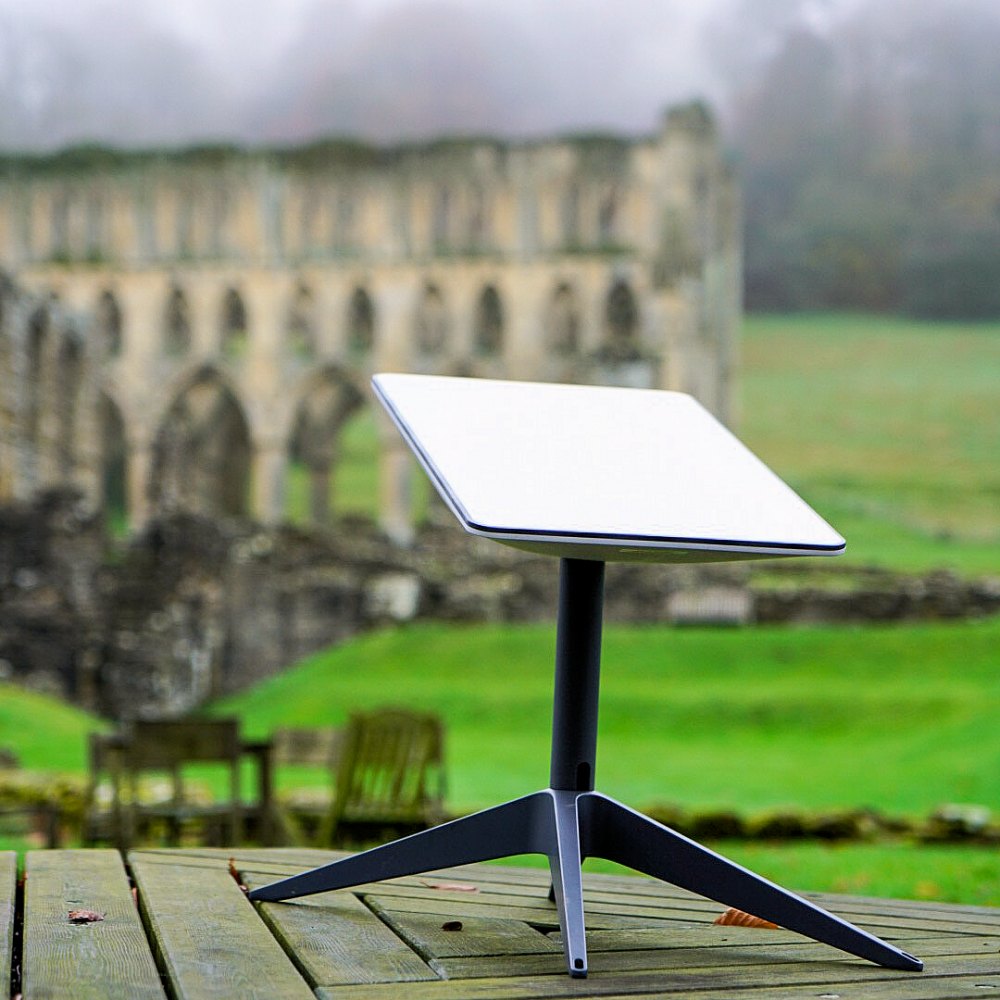
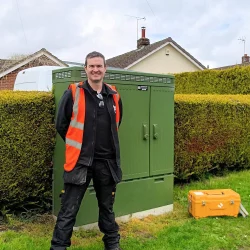
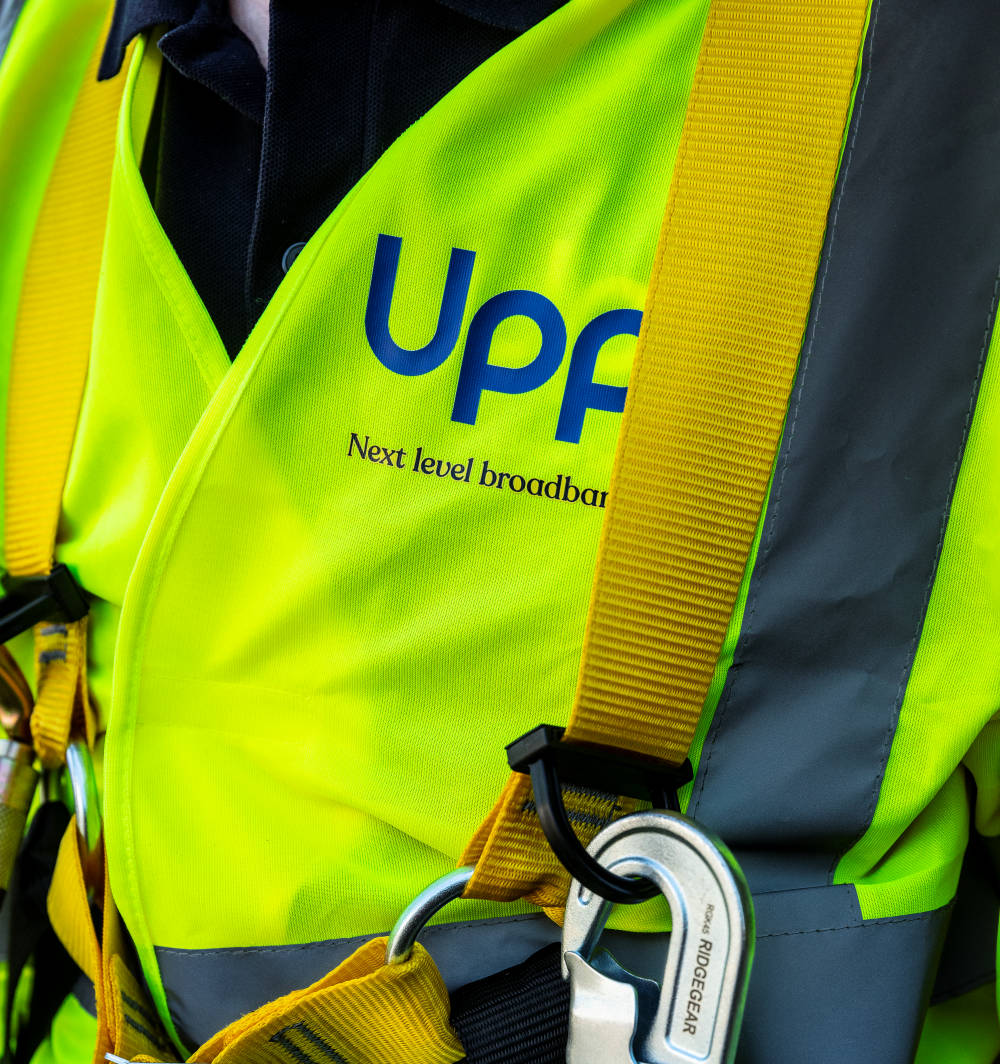

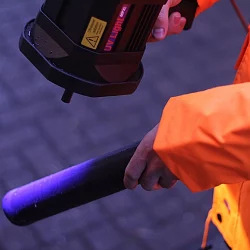



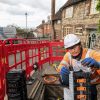

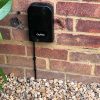
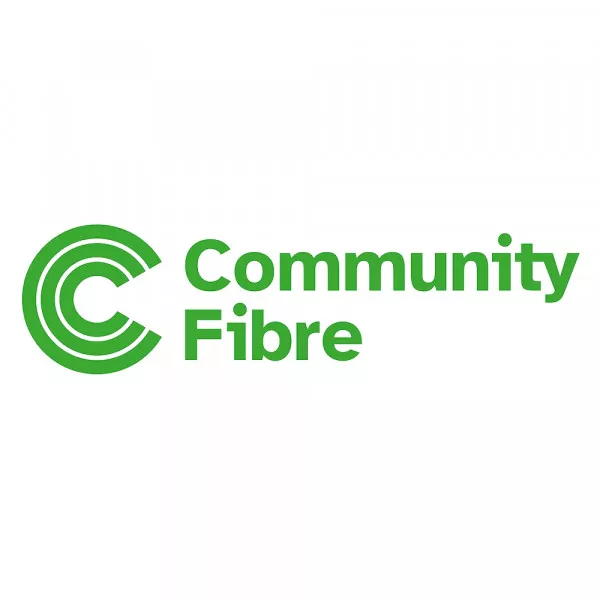
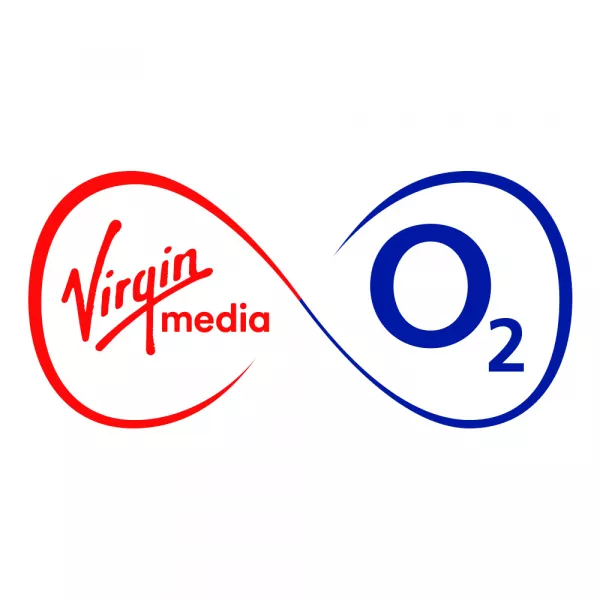
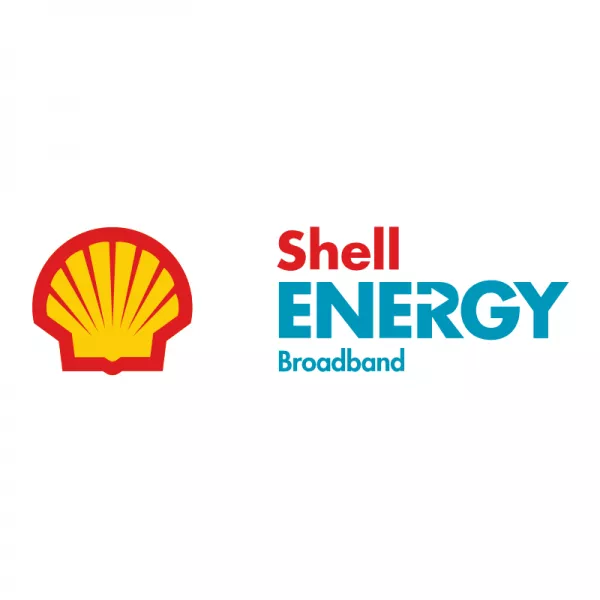
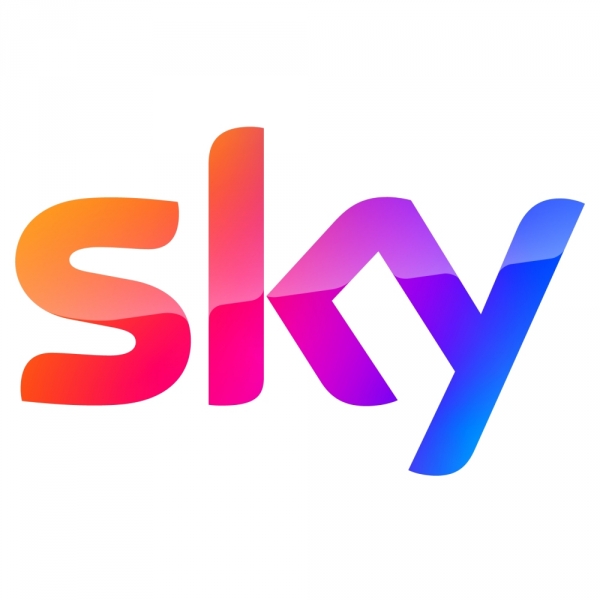
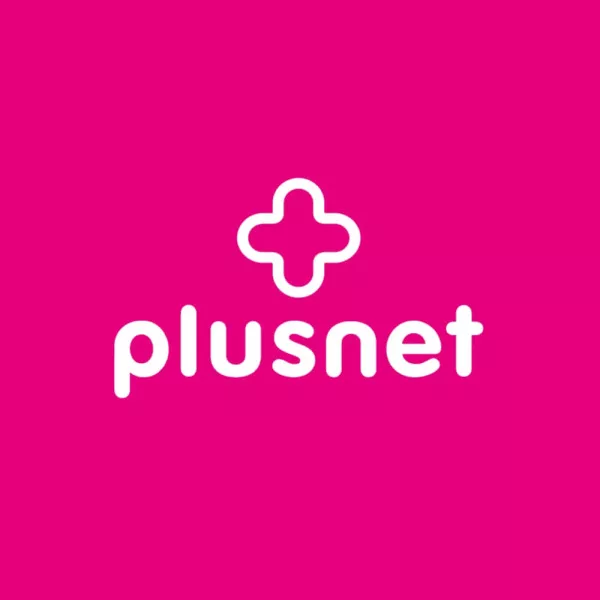
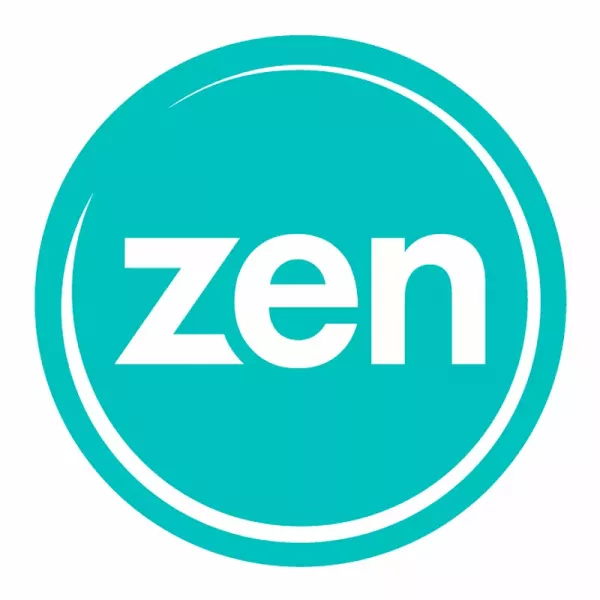

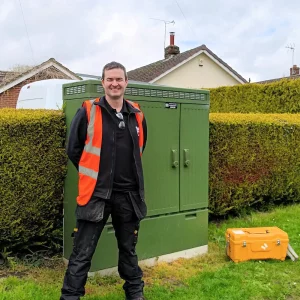
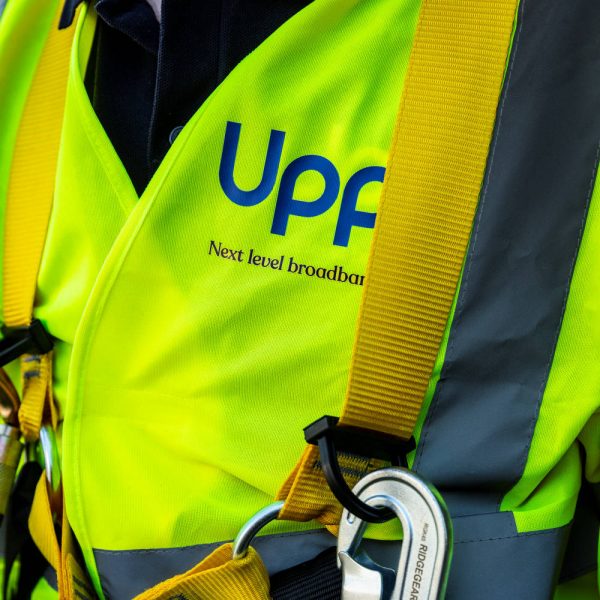

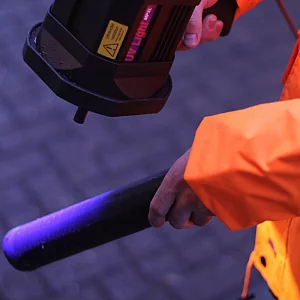
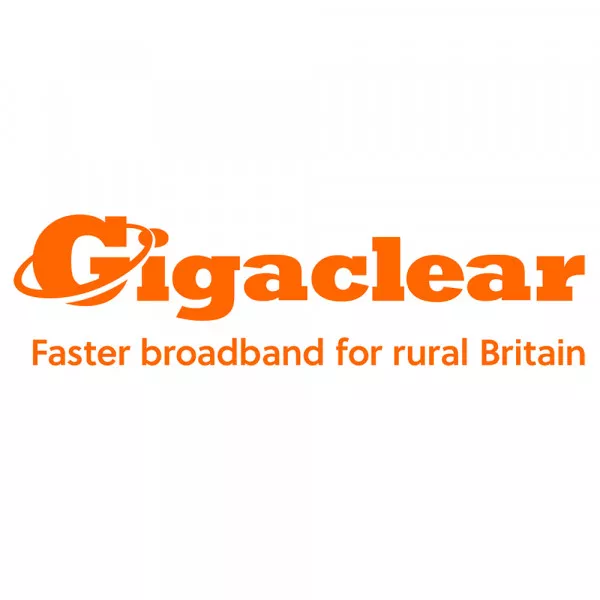

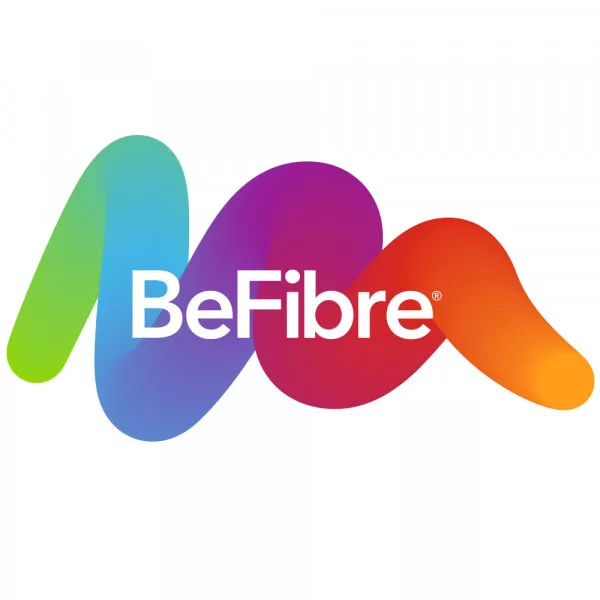




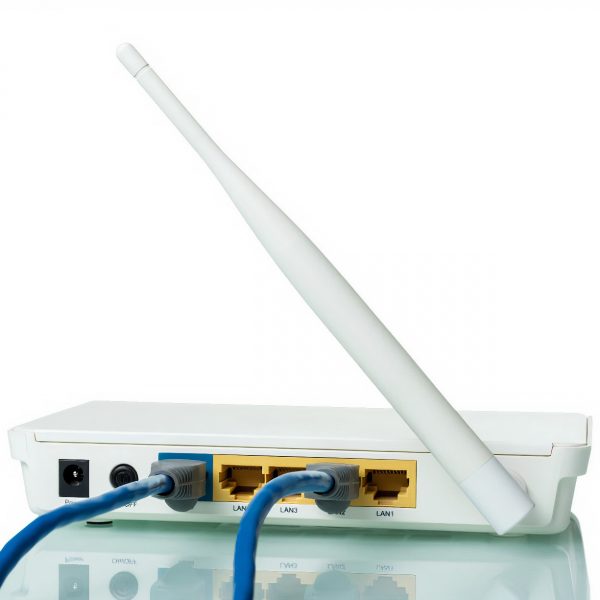
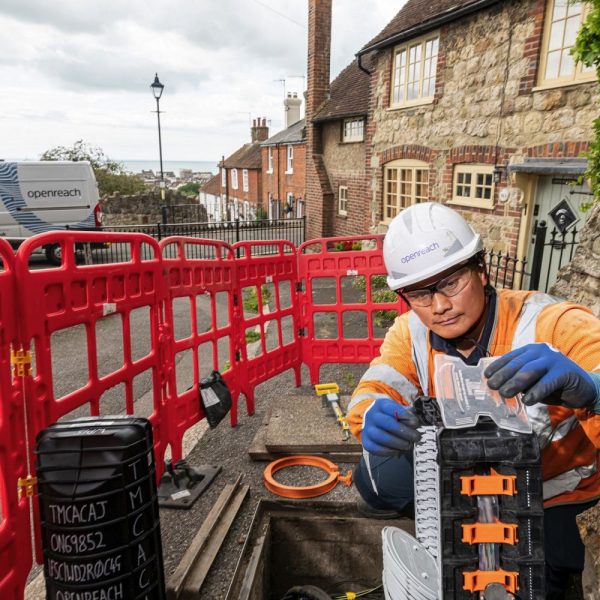

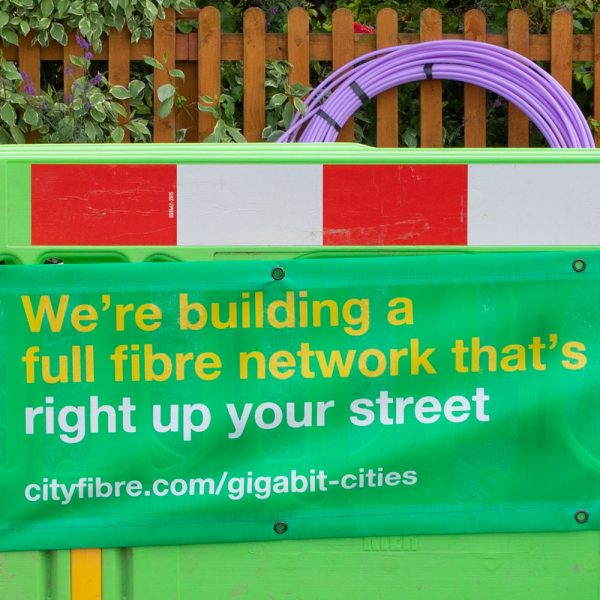
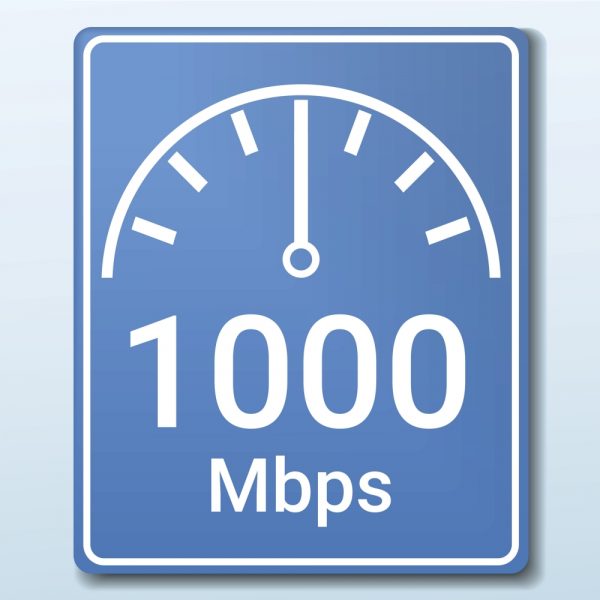
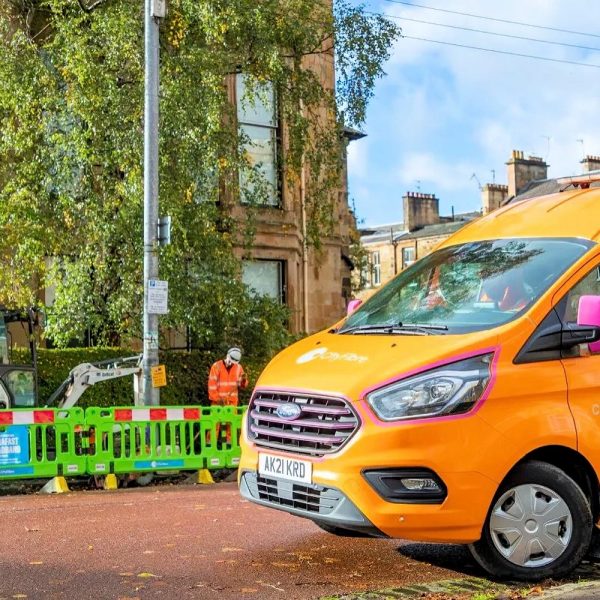


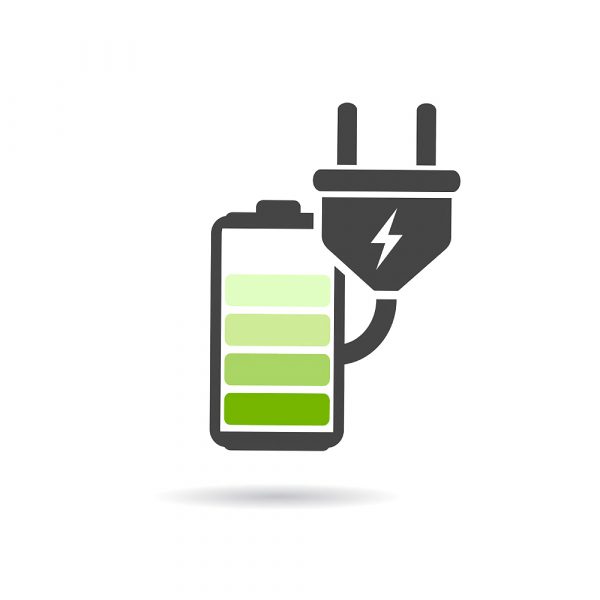
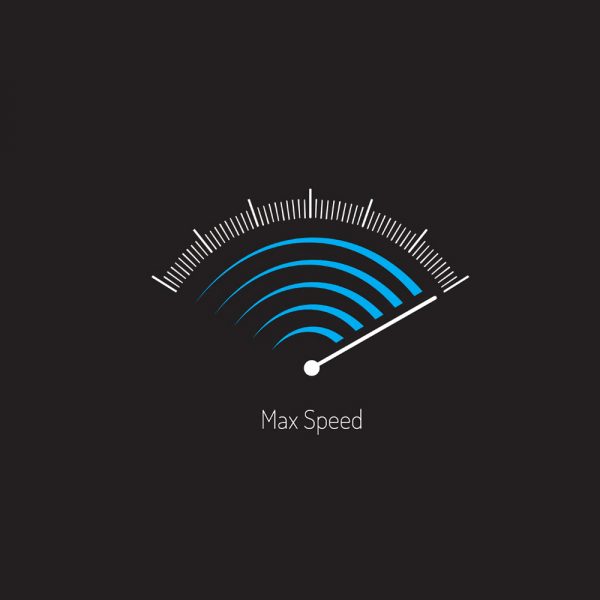


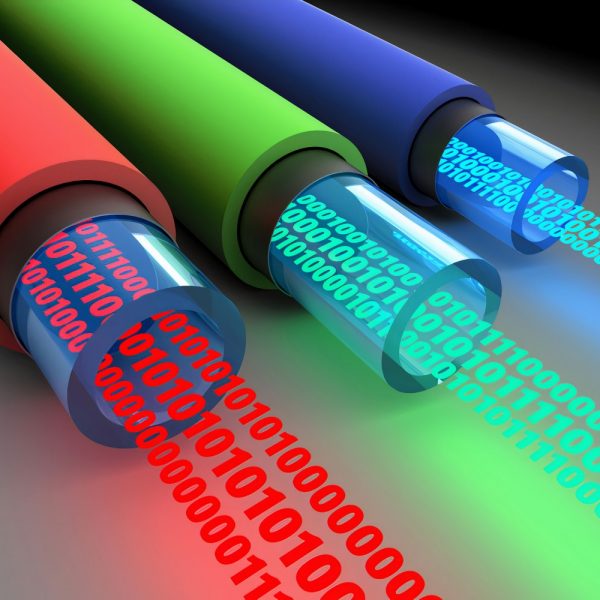


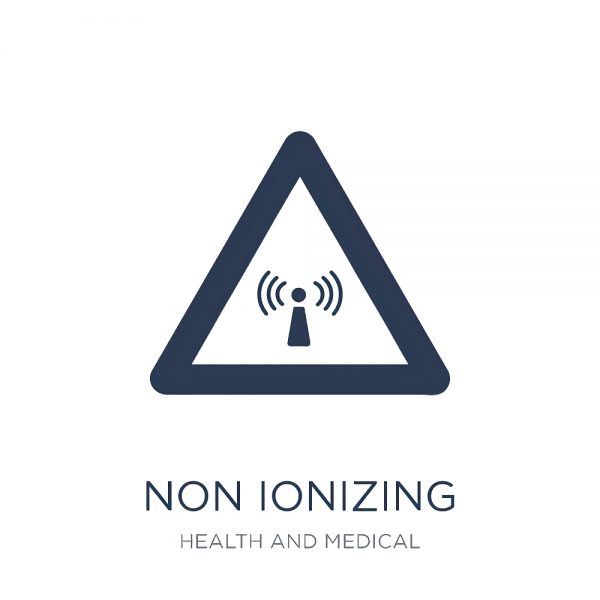
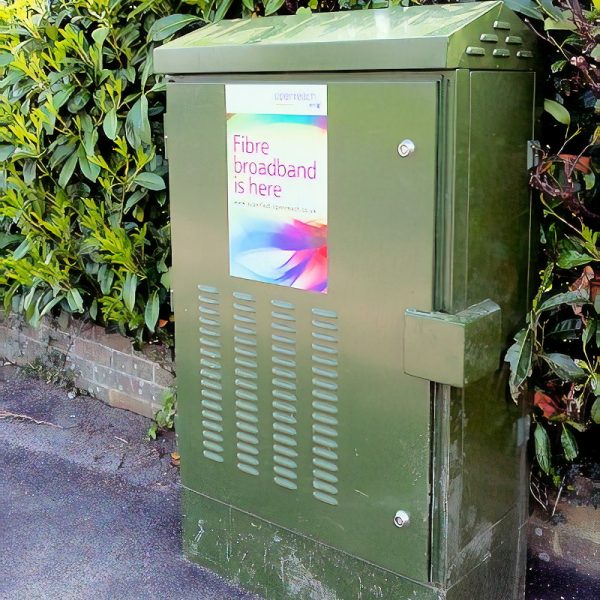


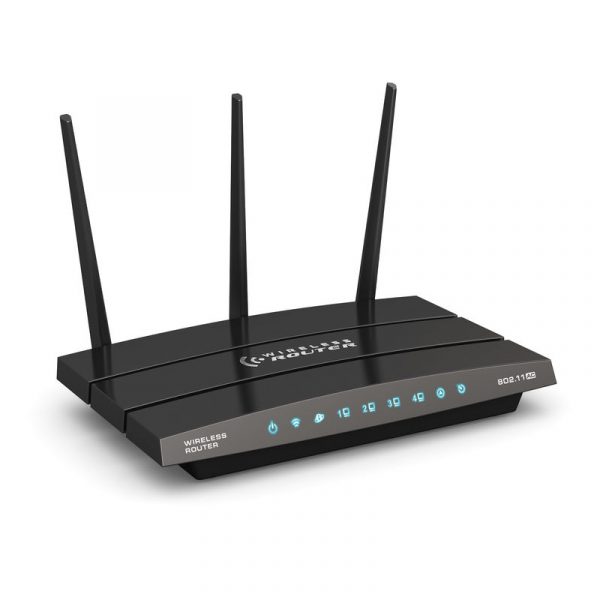






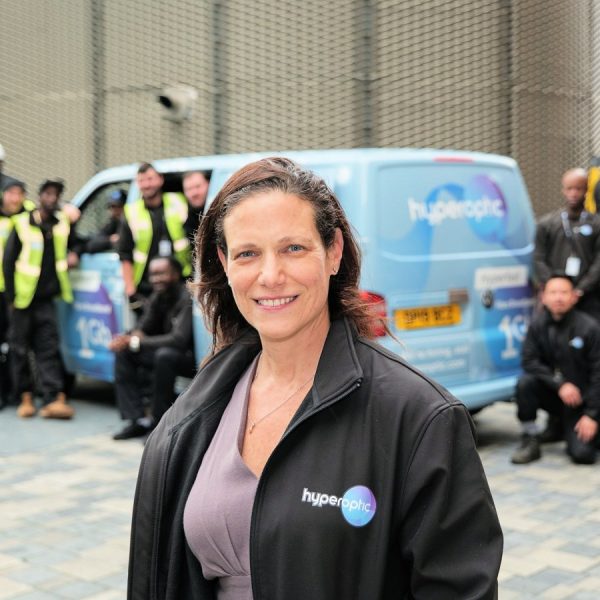
Comments are closed